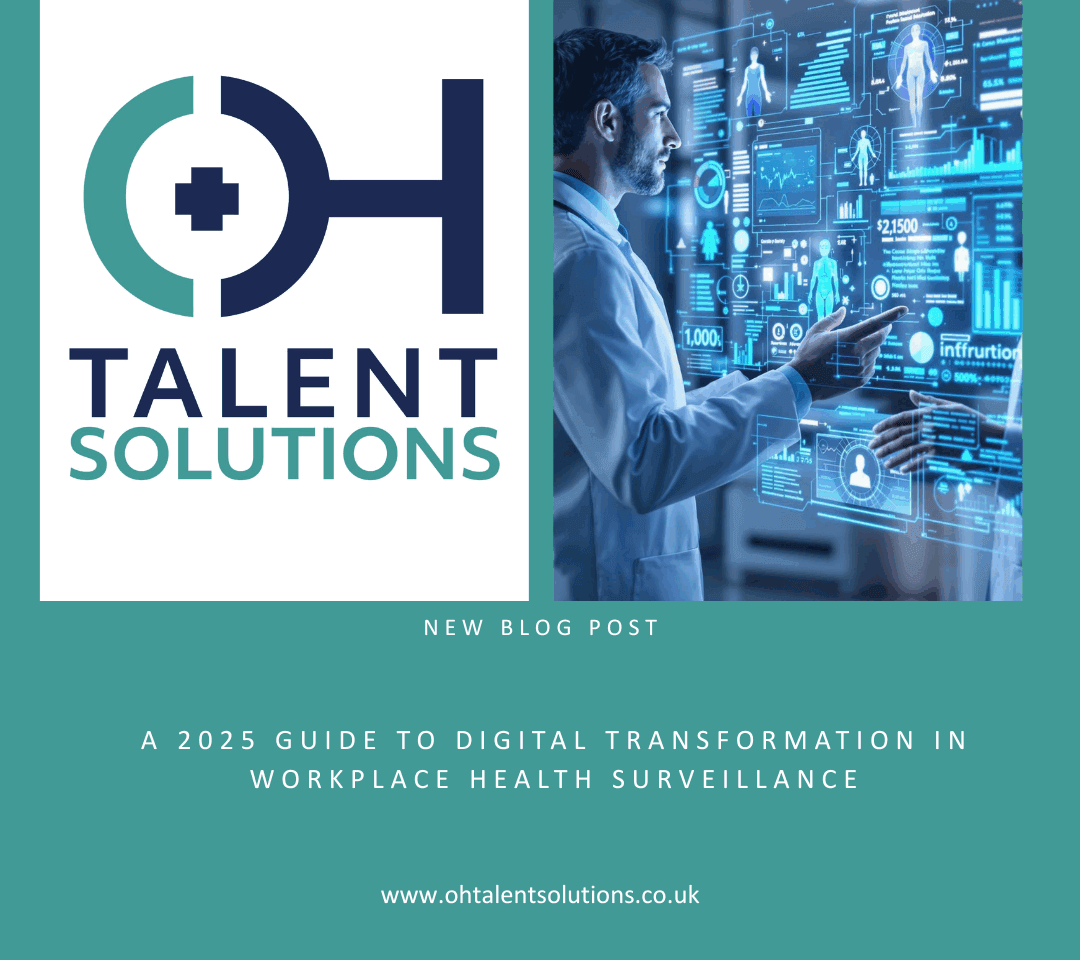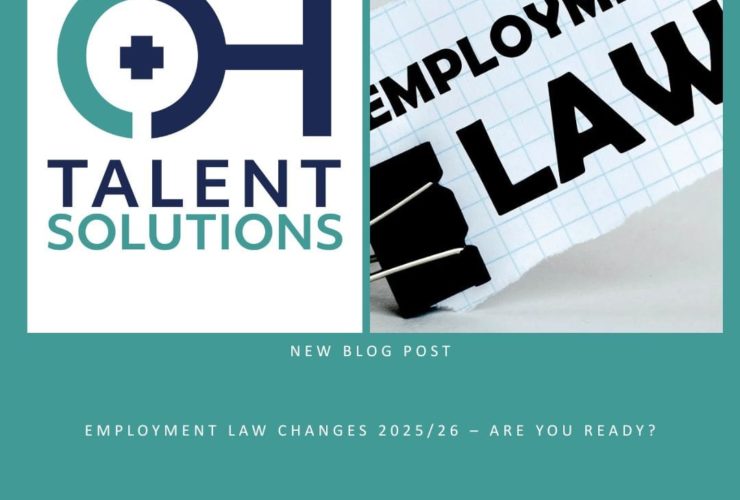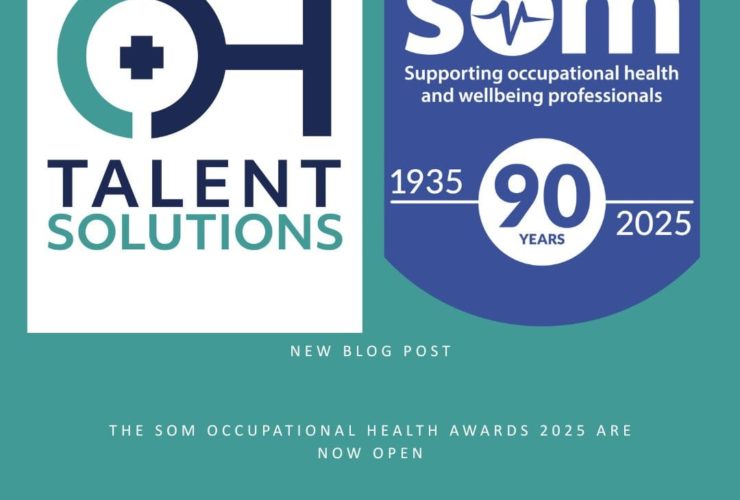A 2025 Guide to Digital Transformation in Workplace Health Surveillance
AI Revolution in Occupational Health
The occupational health sector is witnessing an unprecedented digital transformation through artificial intelligence. As specialists in occupational health recruitment, we’re observing how these technological advances are reshaping the roles of OH practitioners and workplace health management.
Strategic Health Surveillance Enhancement According to the HSE’s Digital First Programme, AI-powered health surveillance systems are revolutionising how Occupational Health Physicians and OH Advisors monitor workplace wellbeing. The IOSH reports that organisations implementing AI-enhanced occupational health management systems have achieved:
- 20% reduction in work-related musculoskeletal disorders
- Enhanced biological monitoring accuracy
- Improved workplace exposure assessments
- More effective health risk assessments
Transforming Clinical Practice The Faculty of Occupational Medicine highlights how AI is enhancing various aspects of practice:
- Clinical Decision Support
- Automated HAVS assessment analysis
- Respiratory health surveillance pattern recognition
- Mental health risk prediction algorithms
- Ergonomic risk assessment automation
- Workplace Health Management
- Real-time display screen equipment (DSE) monitoring
- Automated fitness for work assessments
- Smart PPE compliance tracking
- Remote health surveillance capabilities
Impact on OH Professionals According to NHS Digital Transformation, the evolution of OH roles now includes:
Occupational Health Physicians:
- AI-assisted diagnostic support
- Automated case management
- Predictive health risk modeling
- Digital health surveillance interpretation
Occupational Health Advisors and Nurses:
- Smart health screening tools
- Automated absence management
- Digital workplace assessments
- AI-powered return-to-work planning
Implementation Framework The British Safety Council recommends a structured approach to AI integration:
- Health Risk Assessment
- Biological monitoring automation
- Exposure limit tracking
- Epidemiological trend analysis
- Preventive Measures
- Predictive ergonomic interventions
- Mental health early warning systems
- Automated workplace adaptation recommendations
- Health Surveillance
- Real-time physiological monitoring
- Automated health questionnaire analysis
- Digital fitness for work assessments
Future Developments The SOM (Society of Occupational Medicine) predicts several key developments:
- Machine learning for exposure limit monitoring
- AI-powered occupational hygiene assessments
- Automated COSHH assessment tools
- Predictive workplace health analytics
Regulatory Compliance The UK Government’s AI White Paper emphasises the importance of:
- GDPR-compliant health data management
- Ethical AI implementation in health surveillance
- Digital record keeping
- Automated regulatory compliance monitoring
For occupational health practitioners, from Chief Medical Officers to OH Technicians, embracing AI technology is becoming essential for delivering effective workplace health services. The integration of AI in occupational health not only enhances service delivery but also improves health outcomes through predictive analytics and automated surveillance.




